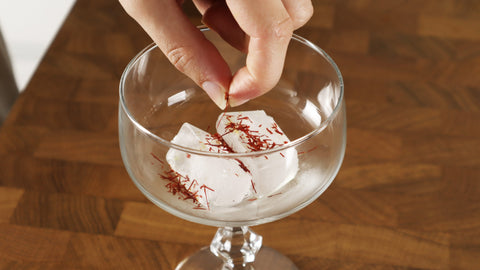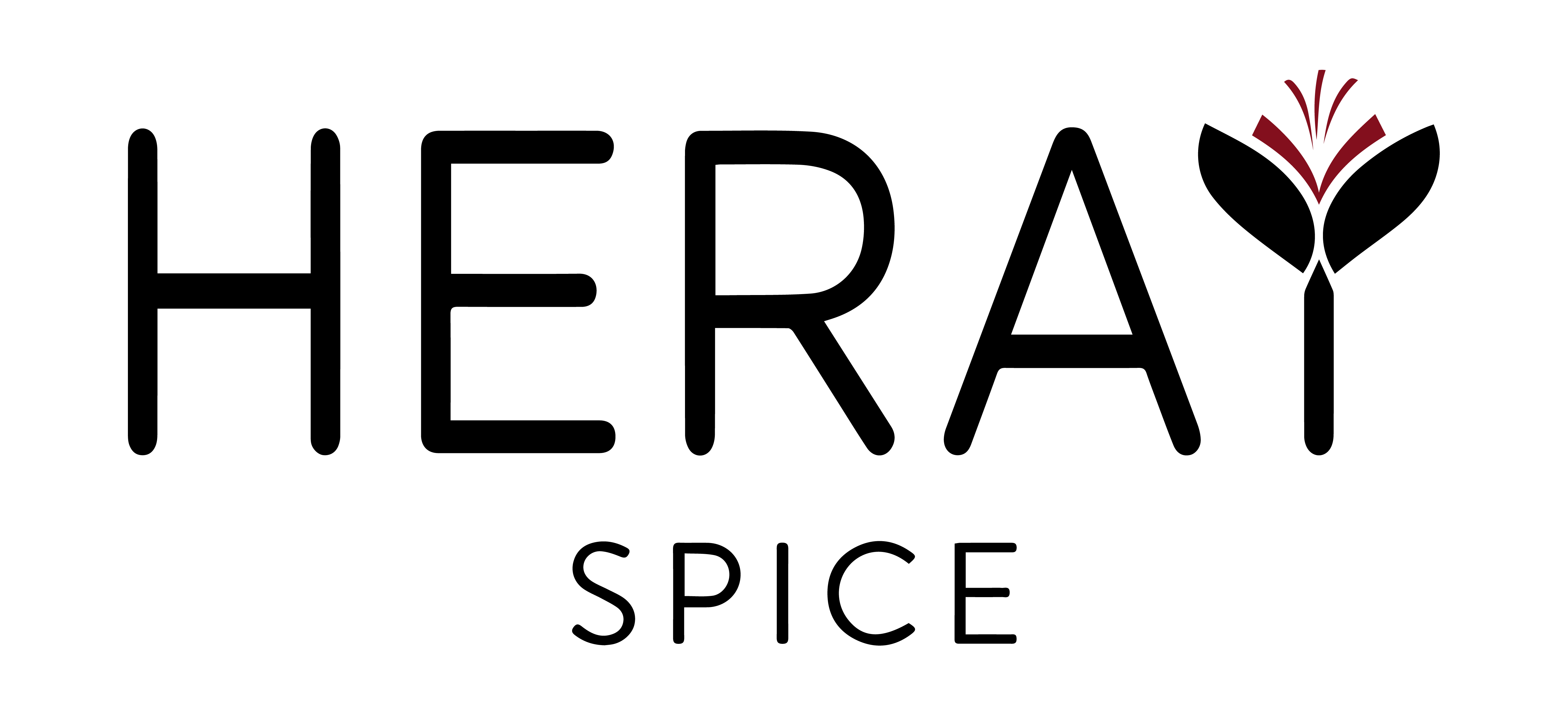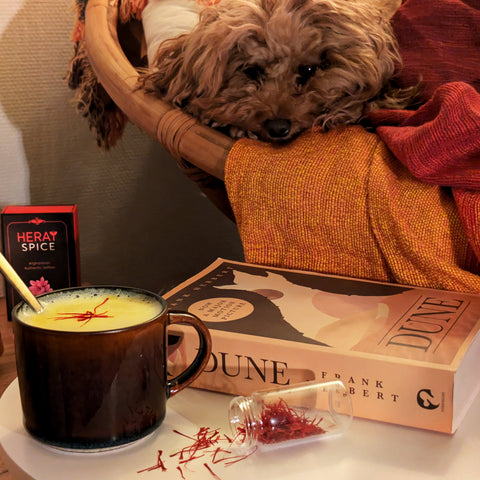Blogs & Updates

Saffron in coffee? Absolutely. Discover how saffron transforms your latte or black brew with floral, honeyed notes, how to bloom it properly, and why it pairs beautifully with caffeine. Includes some of our best saffron coffee recipes and Afghan cultural insights.

Want to learn how to tailor your brew to your exact taste and needs (say you’re after one of the many health benefits saffron has to offer)? By the end of this article you’ll know exactly how much saffron YOU will want to use in your tea.

In this guide, we will dive into the science of saffron. We will explain the meaning of “best before” dates, go through the differences between saffron threads and powder, and give actionable steps to store your saffron like a pro!
By the end, you’ll not only understand saffron shelf life, but you’ll also understand how to get the most out of every jar of saffron you buy.

4 Ways to Bloom Saffron (And When to Use Each):- Traditional Hot Water Bloom- Warm Milk Bloom- Warm Broth Bloom- The Ice Bloom


